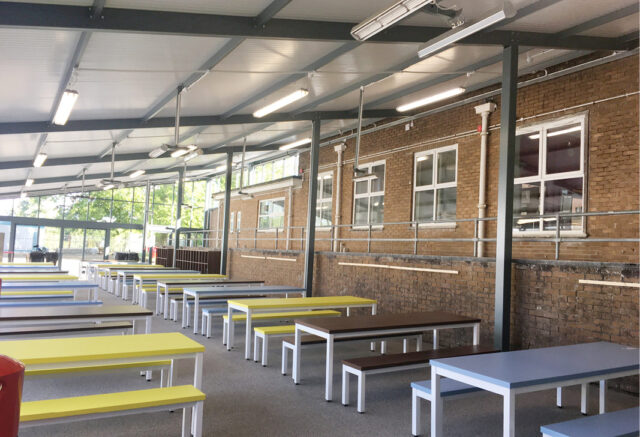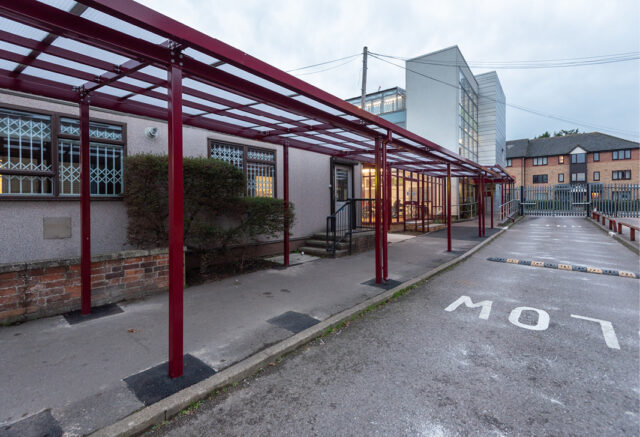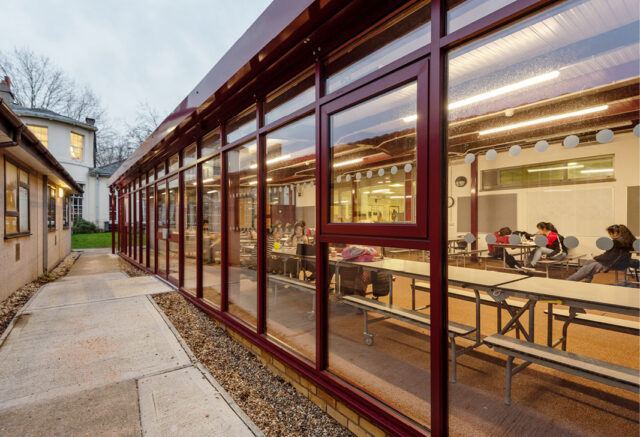In 2023, capital spending on education in the UK reached nearly £6 billion, with a significant portion directed at upgrading school buildings and creating new space for growing pupil numbers. From overcrowded classrooms to outdated infrastructure, the pressure on education estates is intensifying and so is the need to build smarter.
For school leaders, the challenge isn’t just what to build, but how. A classroom extension might seem straightforward, but with traditional construction models, schools are required to liaise with and juggle multiple consultants, months of planning meetings and a delivery team who were not involved in the building design.
Cracks in the traditional construction model can start to show long before the new schools walls go up.
Communication breakdowns are one of the most common reasons construction projects run over budget, over time, or under expectation. In schools, where projects run alongside term dates, safeguarding needs and limited access windows, poor coordination can derail whole programmes of much needed building work.
In response, growing numbers of schools and colleges are turning to a design-build approach for expanding their provision. The design-build model sees one team take responsibility for the entire project, from concept to completion, simplifying communication and reducing risk.
A single point of contact
Traditional construction splits responsibilities across multiple parties with architects, consultants, contractors, subcontractors and project managers, often working under separate contracts. As a result, communication becomes fragmented. Queries take longer to resolve and decisions are passed between teams. What’s more, if issues arise on site, it’s not always clear who is accountable. The schools themselves are the party left ‘high and dry’, without their building works completed on time, whilst negotiations or disputes between multiple other parties are ongoing.
In contrast, a design-build model like ZONE offers schools just one team, from start to finish with no handover between the design and delivery phases. The same professionals who develop the plans also manage the build. For schools, that means a single point of contact; someone who understands the vision, knows the programme and can answer important questions without delay.
A simpler approach
When everyone is part of the same team, communication is simpler and faster. Issues are raised and resolved internally, without the need for long chains of emails or additional meetings. That means fewer misunderstandings and more proactive problem-solving, delivering a smoother experience for the school in question.
School leaders we have worked with in past, who are naturally juggling daily leadership responsibilities with their building project, tell us that the clarity that comes with a design-build project is just invaluable. The need to chase for various updates from different consultants or mediate between teams is removed.
Design-build projects are coordinated from the outset. Designers, engineers and construction teams work together to identify risks early, refine plans and ensure that what’s drawn in the final plans presented to a school, can really be built and installed on site.
This integrated approach leads to better outcomes: buildings that are more cost-efficient and more aligned with school needs. It also reduces the chance of unexpected issues cropping up later, a common cause of delays and cost escalation in traditional builds.
Ultimately, the design-build model is about making construction less complicated, especially for schools and colleges. For busy leadership teams focused on delivering for students and staff, it’s a way to build with confidence, not compromise. In school construction, communication really is the foundation.
Find out more at: zonedesignbuild.co.uk





